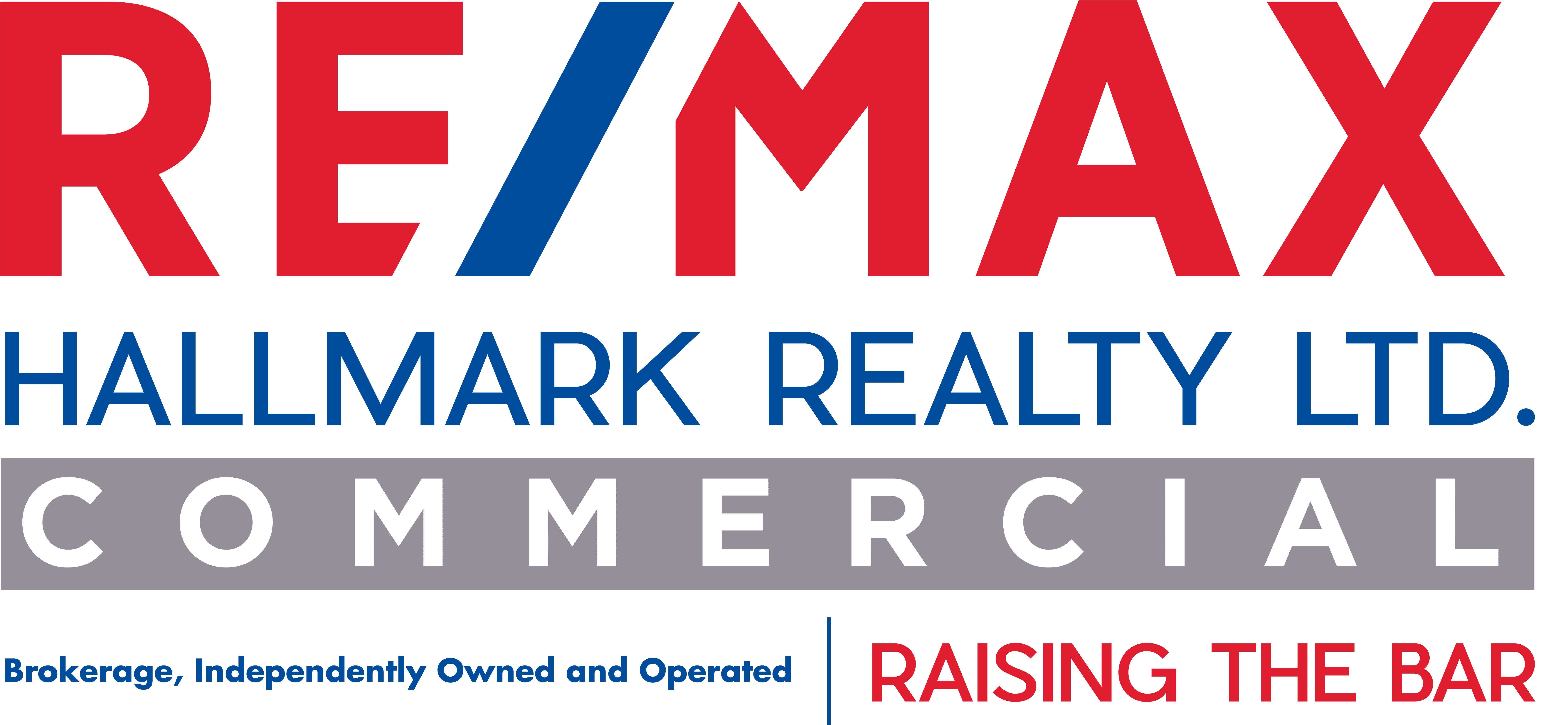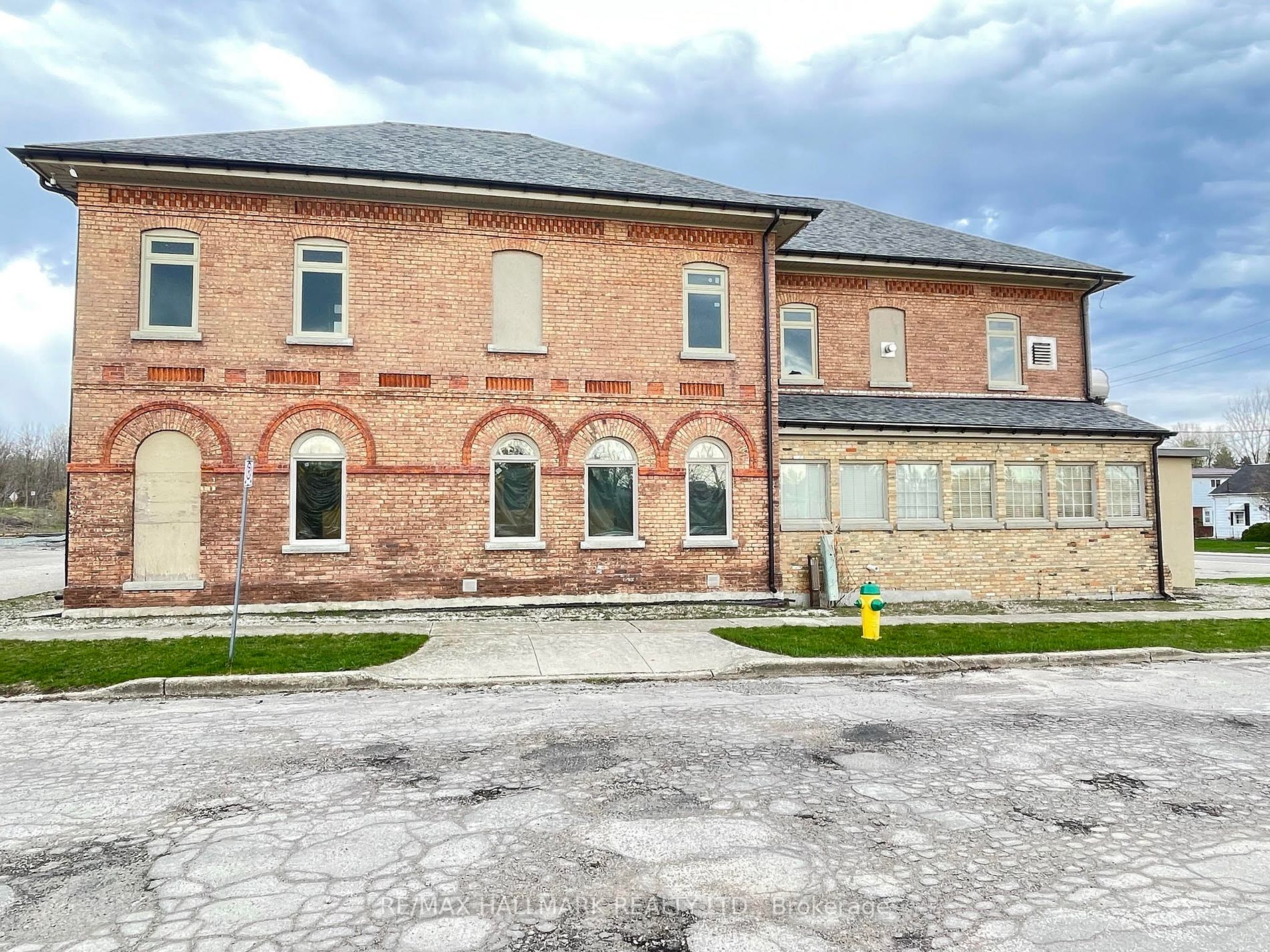Positive momentum seen in early 2021 with continued industrial demand, but heightening office availabilities.

Positive momentum seen in early 2021 with continued industrial demand, but heightening office availabilities.
Despite the return of some pandemic-related restrictions at the end of March, gradual re-openings over the first quarter point to signs of economic recovery and positive momentum in commercial real estate. According to Statistics Canada, employment has continued to recover, growing by 1.6% in March and reaching within 1.5% of pre-pandemic levels. Unemployment sits at 7.5%, a drop from 8.6% recorded at the end of 2020. Canadians working from home in March also decreased slightly in part due to the re-opening of non-essential businesses in many regions – a trend that may not last early in the second quarter. With that, employment gains were the strongest among retail trade as well as accommodation and food services industries, growing 4.5% and 2.4%, respectively. Still, the goods-producing sector remained stable throughout the first quarter, up only slightly in March by 1.1% due to rising construction activity. Employment gains also continue among the healthcare and social assistance sectors, as well as educational services.
Across major markets, all provinces recorded positive employment momentum in March, with notable gains in Alberta due to a 3.2% rise in the natural resources industry. Although the third wave of COVID-19 has led to the re-implementation of public health restrictions in multiple regions, which will likely temper some of the economic progress made in the first quarter, momentum is expected to pick up towards the back half of Q2 2021. National office availability reached 15.0% in Q1 2021, up from 11.3% in the same quarter last year (Figure 1). National industrial availability has further compressed to 2.7% this quarter, down slightly from 2.9% in the same quarter last year (Figure 4).
(Figure 1)

As we surpass the one-year mark since the onset of remote work, some are eager for a return to offices due to a need for employee interaction, while others are hoping to maintain a hybrid working model moving forward. Productivity has also been a consideration when it comes to remote work, but many reports still point to at least a partial return to in-person work when it is safe to do so. As many do not expect this return until fall 2021 or early 2022, tenants are working with landlords to determine next steps, with conversations revolving not only around safety and physical distancing protocols but around flexible lease terms and on-site wellness-focused amenities. In the meantime, ongoing pandemic-related restrictions and the rise in sublease space are both pushing availabilities higher across most markets.
However, early 2021 transaction volumes indicate continued activity, which is a good sign compared to numbers recorded at the same time last year. In the industrial sector, availabilities continue to tighten across markets while developers are taking advantage of heightened demand with 22.8 million square feet of industrial space under construction in Q1 2021. Still, the flight to quality continues with companies prioritizing industrial assets with strong technology capabilities to support distribution efficiencies.
(Figure 2)

Nationally, eight office buildings were completed in the first quarter of 2021, totaling 535,625 square feet of space with an availability rate of 38.3% (Figure 2), down from the nearly 2 million square feet completed in Q4 2020 at a 11.8% availability rate.
The Montreal market saw the most completions this quarter, with the most notable being the completion of Phase 4 of the Junxion. Located at 5025 Lapiniere Boulevard in the South Shore West district, this phase included 167,300 square feet of office space across 10 storeys. This joins three other completed office buildings in the park, for a total of 34 storeys. Strategically located with surrounding greenspace and just off of two major highways and the Reseau Express Metropolitan (REM), the complex boasts convenience and wellness-focused amenities including nearby hiking and cycling paths as well as on-site shower facilities.
Also in Montreal was the completion of 118,994 square feet of office space within Phase 1 of 7236 Waverly. Owned by Fabrik8, this complex is a shared workspace that offers multiple flexible leasing structures for freelancers and small businesses, including private lofts for a capacity of up to 50 employees, flex space for up to 25 employees, as well as custom office space for up to 500 employees and customizable event spaces. This first phase includes 29 flex offices, 4 conference rooms, 10 private lofts and 54,000 square feet of custom space with the second phase set to include a total of 32,000 square feet. On top of this, the building boasts a skating rink that transforms into a soccer pitch and basketball court in summer months – another example of perks introduced by landlords aimed at attracting employees back to the office once pandemic-related restrictions ease.
The third most notable completion is The Brixton Building C, located in Toronto at 41 Alma Avenue in the King and Dufferin area. The mixed-use complex includes 65,736 square feet of completed office space across 5 storeys, adding to 400 residential units and ground-level retail spaces across the rest of the complex that spans three buildings in total.
(Figure 3)

Rising sublease space across most major markets continues to contribute to an uptick in overall availability levels in the office market. Q1 2021 saw a total of 16.9 million square feet of sublease space, with national sublet availability reaching 20.0%, up from 15.6% in the previous quarter and 14.4% in the same quarter last year (Figure 3).
Although the sublease trend since the onset of the pandemic was especially prevalent in larger cities, Vancouver was one of the only major markets to see a drop in sublet availability compared to last quarter, sitting at 20.8% this quarter, down slightly from 31.9% in Q4 2020, but still up from 27.7% recorded at the same time last year.
Sublet space in Calgary also dropped from 24.1% last quarter to 21.0% in Q1 2021. As office landlords and tenants anticipate a return to offices in alignment with vaccination progression, a focus on flexible solutions remain, and the sublease trend is likely to continue growing, at least for the first half of 2021.
(Figure 4)

Industrial demand has not slowed with availability rates continuing to drop across all major markets in Q1 2021 compared to the previous quarter, with the lowest availability rates recorded in Vancouver at 1.5% and Toronto at 1.6%, followed closely by the Southwestern Ontario region at 2.1% (Figure 4). Edmonton and Halifax were the only markets to see increasing availability year-over-year.
Nationally, 25 industrial buildings were completed this quarter totaling 3.9 million square feet, at an availability rate of 11.5% (Figure 5). This is less than half of what was completed in the previous quarter. The Toronto area saw the majority of new completions for a second consecutive quarter with a total of 2.6 million square feet across 15 buildings, followed by the Montreal area with 1.1 million square feet across four buildings. Vancouver saw three completions, totaling 152,348 square feet, and Southwestern Ontario saw three new buildings totaling just over 89,000 square feet, but there were no new industrial completions in the other major markets this quarter.
The largest completion was located at 6125 de l’Aeroport Road in the St-Hubert Industrial Park in Montreal. Totaling 837,531 square feet, this building is the new Molson Coors brewery and distribution center. The company prioritized the conservation of land surrounding the construction site, with a reforestation program to be implemented in the area moving forward. Said to be the company’s most modern brewery in Canada, the facility also boasts systems that reduce waste, energy consumption and overall environmental footprint.
The second largest completion was in the General Motors Industrial Area in Oshawa, on the outskirts of the GTA, at 1121 Thornton Road South. The building totals 410,588 square feet of industrial space, partially tenanted by Aosom Canada Inc., a growing Canadian e-commerce company looking to expand its warehouse footprint from its initial facility in Scarborough. Another notable completion, also located in Toronto, was the first phase of grocery giant Metro Inc.’s newest distribution center built to replace and expand their previous facility on the same site. At 17 Vickers Road in Etobicoke, the modernized building includes new cold-storage capabilities for the distribution of fresh and frozen food. The second phase is set for completion in 2023, for a total of over 700,000 square feet of industrial space.
(Figure 5)

Demand for industrial space has been strong for four consecutive quarters driven by ongoing growth in e-commerce activity in part due to continued pandemic-related restrictions and the closure of non-essential retail across many regions. With availability rates especially tight in larger cities, there is growing appeal for facilities in surrounding areas in order to maximize distribution efficiencies while remaining in close proximity to more densely populated regions. Overall, investors continue to prefer industrial assets with potential for stable returns and future growth, with rising rental rates across markets pointing to continued demand throughout the year.
Early 2021 has seen positive momentum in the economy and in commercial real estate activity that may be slowed slightly in some major markets due to rising pandemic case counts and the re-implementation of tight restrictions. Despite rising office availability rates, companies are still working to finalize return to office plans that meet employee needs while waiting for vaccine rollout to progress. Multiple new industrial developments are on the horizon for 2021, aiming to ease the tight availability rates and space shortages across markets. Although new restrictions in the second quarter could hamper the progress made throughout Q1 2021, many anticipate a return in momentum in the back half of the year.
Source Altus Group. Click here to read a full story









